If Australia's government only allows immigrants to go to remote areas, would you like to come again?
Australia's population soared last year, according to the latest demographics released by the Australian Bureau of Statistics. Melbourne is on the verge of overtaking Sydney to become Australia's largest city, not only with a baby boom, but also with more immigrants from abroad. Local Australians have called for government to reduce immigration quotas and give Australia time to breathe. And Australia's government is in the process of settling migrants to remote areas, for Australia to open up a famine!
Melbourne replaces Sydney as Australia's largest city
On April 24, the Australian Bureau of Statistics released the latest Australian demographics. Data show that the birth tide and the influx of immigrants have led to a sharp increase in Australia's population over the course of last year.
Sydney is still Australia's largest city, with a record 5.1 million permanent residents last year, according to statistics. But Melbourne's population is growing at a stronger rate, with Melbourne's total population exceeding eight hundred and fifty thousand in 2017. At its current rate of growth, Melbourne will be Australia's largest city by 2026.
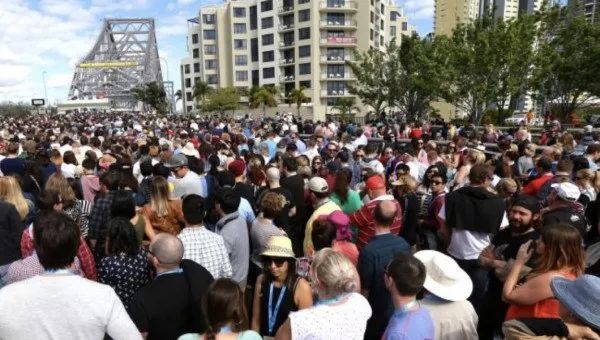
In addition to Perth and Darwin, emigration continued to be the biggest factor in population growth in all Australian capital cities last year, the report said.
Take world-renowned Sydney, for example, where, for the first time in 2017, its population grew by more than one hundred thousand in a year. Overseas immigrants accounted for 84,700 of the total. Last year, however, more than 50,000 Sydney residents travelled to other parts of New South Wales and Melbourne. This has made Melbourne a hot spot for population growth.
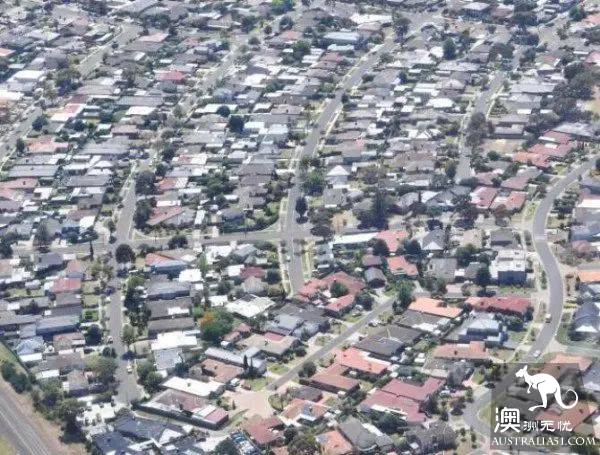
Melbourne admitted more than 80, 000 immigrants last year, and more than 36,200 babies were born last year. Overall, Melbourne's population grew by one hundred and twenty five thousand three hundred and ninety nine last year to nearly 4.9 million. Among them, overseas immigrants accounted for more than 3/4 of the city's population growth.
It can be said that Melbourne's "popularity" is very prosperous!

More than 50% of Australians are calling for a reduction in immigration quotas
The large population of explosion, the slow construction of infrastructure in Australia, there is greater social pressure. Many Australians are increasingly feeling the traffic jams caused by population growth and anxiety caused by life pressures such as soaring house prices.

According to a recent poll published by the Australian newspaper, 56% of Australian voters think there are too many immigration quotas! The number of immigrants introduced each year in Australia is already overdone, and the government needs to cut back on the population and control the population!
The poll awakened many immigrants' fantasies about Australians. After all, Australia was once known for its high level of immigration acceptance and inclusiveness. The current poll reflects a changing trend in Australian society: Australians who have lived in peace and tranquillity for a decade or two have been hit by an influx of immigrants for more than a decade. Coupled with a variety of infrastructure to keep up with, so that Australia's social capacity is almost saturated. Australians' anxiety about this is directly reflected in the direction of the increase and decrease in government immigration quotas.
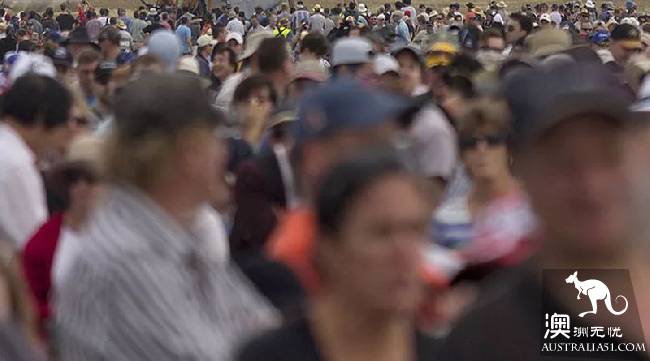
On the other hand, the number of immigrants in fiscal 17-18 is likely to be the lowest in nearly a decade, thanks to closer immigration scrutiny by Australia's government. It is estimated that the number of immigrants in the current fiscal year should be between 16 and one hundred and seventy thousand.
Immigration visa reform should let new immigrants "go up and down the country"
As an immigrant country, immigration policy has always been the focus of Australia's attention. Except that politicians often talk about immigration to impress voters. As mentioned earlier, the growing influx of immigrants into several major Australian cities has created great social anxiety and has made Australians increasingly "unfriendly" towards immigration.
However, Australia is still short of people!
Farmers in Australia's remote, low-lying areas have been plagued by labour shortages over the years. In the harvest season, crop harvest is often delayed by labor shortages. Australia, accustomed to the sun's breeze, is reluctant to take part in such a sunny and rainy job. So the people in the city were crowded with people, but the farmers outside the city were in a hurry because of the shortage of labor.
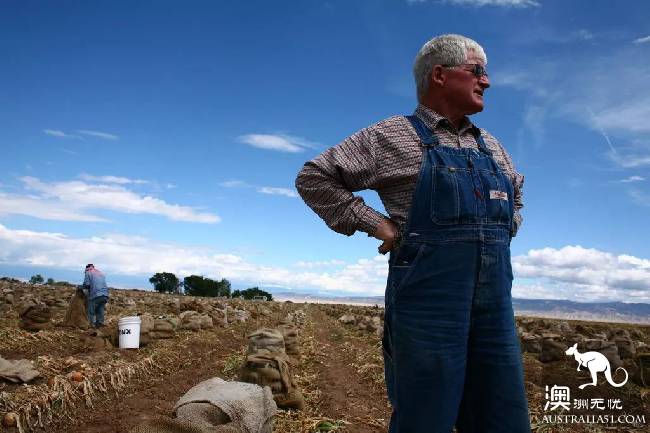
As a result, the National Farmers' Association of Australia has been calling on the government to introduce new agricultural visas, especially tailored visas for overseas immigrants, so that those who have made it easier for them to live in Australia have not yet developed the problem of "lazy" Australians. More actively involved in agricultural work in remote areas.

Lawmakers also said the best targets for such visas were young people in countries with free trade agreements with Australia and could allow them to travel multiple times. He even suggested introducing a wage management system that would allow workers to pay 60 percent of their wages first and the remaining 40 percent to wait until they leave, so that they can be urged to leave Australia on time. Even, visas for remote areas could be introduced to address labour shortages in industries other than agriculture.
All in all, even when we need someone to help us, you'd better not stay in Australia forever. It sounds like some crossing the river to break down the bridge, break down and kill donkeys, and have a full set of tricks.

Another new visa rule could affect more Australian immigrants than the reform of agricultural visas.
Some business and community leaders have recently called for visa reform in Australia to force skilled migrants to move to smaller cities and sub-developed regional centres, ease pressure in Sydney and Melbourne and create opportunities for other capital cities. After all, the problem with Australia's population is not that the population is growing too fast, but that population growth is confined to big cities, while remote places still lack population and motivation for population development. The so-called "waterlogging death, drought death".
The looming reform, specifically through new visa rules, regulates the influx of large numbers of migrants only to big cities such as Sydney, Melbourne, rather than remote cities like Adelaide, Hobart or Darwin. It can be said that Australia's doors are still open to you, but you have to go up and down the country first.
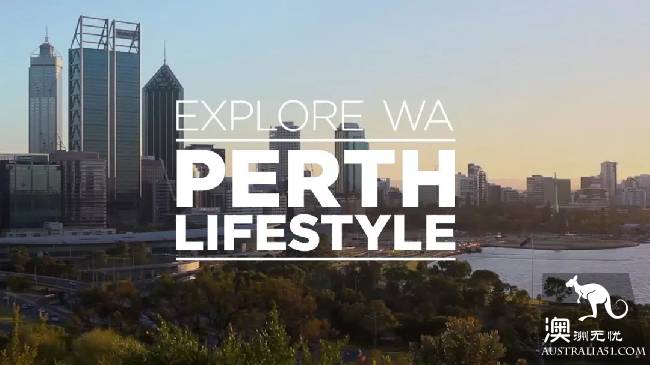
It makes sense from the point of view of population distribution, but it still causes great social discussion, especially for those immigrants who are ready to come to Australia with knowledge and wealth to enjoy a prosperous life in a moment of emotional unacceptability.
And the appearance of an Asian-American couple, but let people re-examine the pros and cons of coming to Australia to "go up and down the country."

Asian couples Natalie and Quentin Hing, who arrived in Adelaide from South Africa in 2009, received a four-year skilled worker visa guaranteed by KPMG, an accounting firm, and applied for permanent residence.
"We stay here because Adelaide has an ideal living environment, well-equipped infrastructure and affordable housing prices."
"but many young people left Adelaide for Sydney or Melbourne. Government should appropriately introduce skilled immigrants to promote Adelaide's prosperity and development. "
If the employment opportunities in remote areas are also abundant and the cost of living is still low, how many people do not want to go to the mountains and villages?
In fact, the problems of Australia today are similar to those faced by Chinese society. A large number of young people want to go north to Guangzhou and deep cities, because there are many opportunities and good living conditions. At the same time, the city overcrowded, house prices too high anxiety spread to everyone's mind.
But if these young people's hometowns have developed as well as the north, Guangzhou, and Shenzhen, and have plenty of opportunities, how many people are willing to squeeze their heads into cities where they can't afford to buy a house at all?

In the end, balancing regional development is the ultimate way to keep the population "unbundled". Has Australia's government been too inclined to build big cities such as Sydney and Melbourne over the years, ignoring remote areas such as Darwin and Perth?
Would you still be willing to come if Australian immigrants could only go to these remote areas in the future?